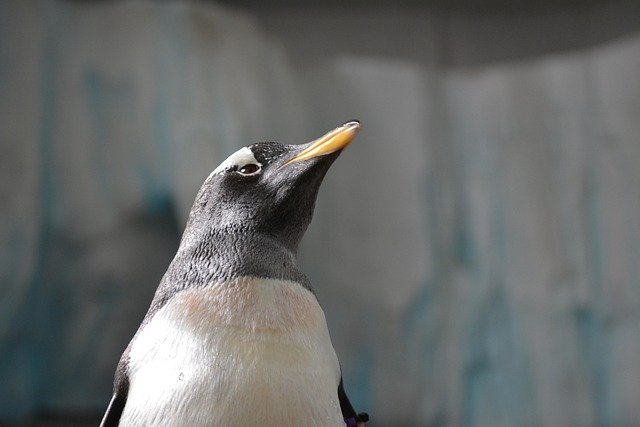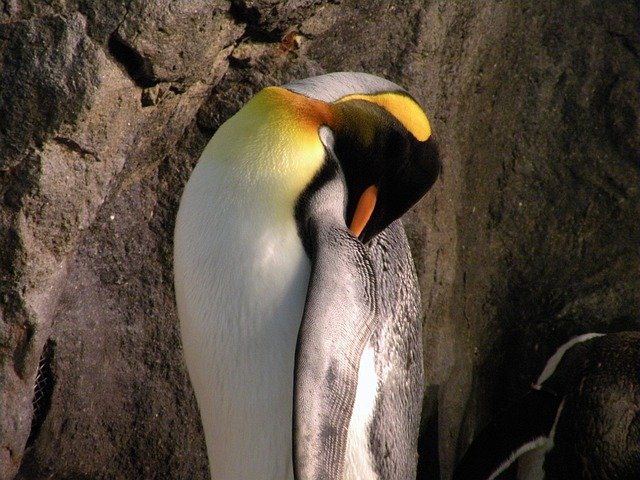**Title: "The Remarkable Adaptations of Penguins: Masters of the Ice and Sea"**

The Remarkable Adaptations of Penguins: Masters of the Ice and Sea
Penguins are fascinating creatures that have captured the hearts of many with their unique appearance and social behavior. Found predominantly in the Southern Hemisphere, these flightless birds are remarkable examples of evolution, showcasing a range of adaptations that allow them to thrive in some of the harshest environments on Earth. In this post, we will explore the incredible adaptations of penguins that make them true masters of the ice and sea.
1. Streamlined Bodies
One of the most notable adaptations of penguins is their streamlined body shape. This design reduces drag while swimming, allowing them to move swiftly through the water. Their torpedo-like bodies are complemented by strong, flipper-like wings that have evolved into powerful swimming tools, enabling them to reach speeds of up to 15 miles per hour (24 km/h) underwater.
2. Insulating Feathers
Penguins are equipped with a dense layer of feathers that provide excellent insulation against the cold. Their feathers are tightly packed and coated with a layer of waterproof oil, which helps to keep them dry and warm in frigid temperatures. Underneath their feathers, a thick layer of blubber acts as an additional insulator, ensuring they remain buoyant and protected from the icy waters.
3. Unique Social Behaviors
Social interactions are vital for penguins, especially in harsh climates. Many species, such as the Emperor penguin, exhibit remarkable social behaviors, including huddling together to conserve warmth during extreme cold. These social structures also play a crucial role in raising their young, with both parents often taking turns to incubate eggs and feed chicks.
4. Specialized Feeding Techniques
Penguins have adapted their feeding techniques to maximize their success in hunting. Their excellent vision underwater allows them to spot prey such as fish, squid, and krill from a distance. Some species, like the Gentoo penguin, are known for their remarkable diving abilities, reaching depths of over 800 feet (240 meters) in search of food.
5. Unique Vocalizations
Communication is essential in the bustling colonies of penguins. Each species has developed distinct vocalizations used to identify mates and communicate with their chicks. The ability to recognize individual calls helps penguins locate their partners in the crowded colonies, ensuring successful breeding and chick-rearing.
6. Adaptations to Climate Change
As climate change continues to impact their habitats, penguins are exhibiting behavioral adaptations to cope with changing conditions. Some species are altering their breeding times and locations in response to shifting ice patterns and food availability, showcasing their resilience in the face of environmental challenges.
Conclusion
Penguins are truly remarkable animals, showcasing a variety of adaptations that enable them to thrive in icy environments and navigate the challenges of life at sea. From their streamlined bodies and insulating feathers to their unique social behaviors and feeding techniques, these flightless birds have evolved into masters of their domain. As we continue to study and protect these incredible creatures, we gain valuable insights into the resilience of nature and the importance of conservation efforts to ensure their survival in a changing world.
Feel free to share your thoughts about penguins and their remarkable adaptations in the comments below! 🐧🌊❄️

Upvoted! Thank you for supporting witness @jswit.